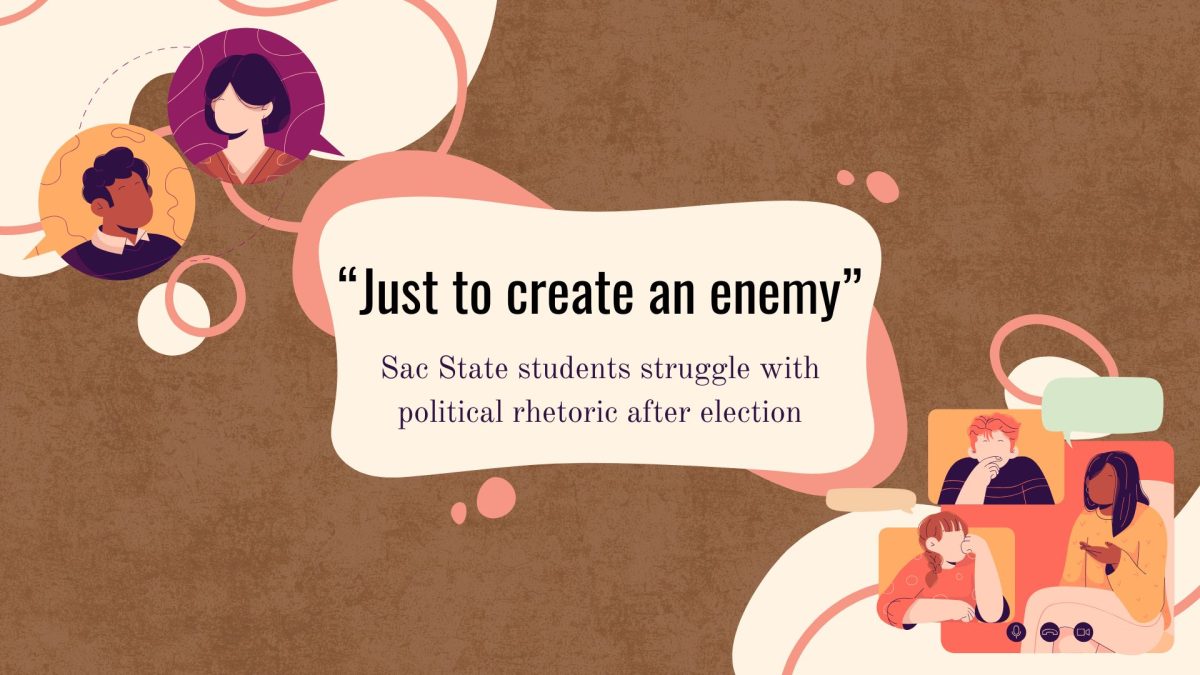Study links anti-depressants to aggression
October 17, 2006
(AUSTIN, Texas) – Prozac and other anti-depressant drugs may promote aggression when taken in small doses, according to a new University of Texas study.
Kereshmeh Taravosh-Lahn, a neurosciences graduate student, led the study at the UT Institute for Neuroscience analyzing the effects of varying doses of Fluoxetine, known in pill form as Prozac, on the behavior of old and young hamsters.
The researchers would inject a hamster with the drug, then introduce a smaller hamster of the same gender to the cage to observe their interaction, Taravosh-Lahn said. Researchers also observed a group of similar-aged hamsters given a placebo pill as a control group.
The adolescent hamsters given a low dose of Fluoxetine started fights 40 percent more often than those given a placebo, Taravosh-Lahn said. The young hamsters given a high dosage of the drug initiated 65 percent fewer attacks than those given placebos but were still more aggressive than adult hamsters in the same situation, Taravosh-Lahn said.
“[In the adult group], the aggressive behavior was practically entirely inhibited,” Taravosh-Lahn said.
The results of the adolescent behavior are alarming, she said, because they reveal the kind of abnormal behavior that may arise when anti-depressant drugs are mixed with a juvenile brain.
Although the effect of Prozac on adult behavior has been widely researched, research dealing specifically with adolescents is just beginning to be investigated, Taravosh-Lahn said. Prozac has come under scrutiny in the news recently following accusations that the drug may lead to suicidal behavior in certain rare cases.
Fluoxetine works by maintaining the levels of the mood-altering chemical serotonin in the brain, which helps combat depression, said Kay Springer, spokeswoman for the National Institute for Mental Health, a government organization based in Maryland. Smaller doses of the anti-depressant may be given to young people occasionally, particularly if they are underweight, she said.
Taravosh-Lahn said she hypothesizes the anomalies observed might take place at low doses because the serotonin links with serotonin-3, a receptor in the brain that is tied to aggressive behavior. The results may be more prevalent in the young hamsters, she said, because of the ratio in a younger brain between serotonin-3 receptors and serotonin-1a receptors, which inhibit aggressive behavior. More serotonin linking with more serotonin-3 receptors, may be the cause of the heightened aggression, Taravosh-Lahn said.
Right now, nobody knows for sure what is causing this aggressive behavior and more work must be done, Taravosh-Lahn said.
“Hopefully, people will do more research, but for now [giving adolescents Prozac] may not necessarily stop,” she said.




























































































































